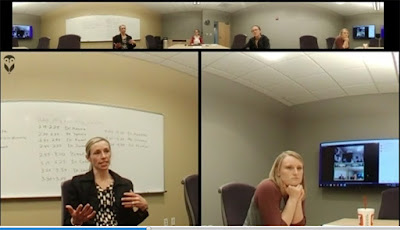In Perry Ritter’s tiny saxophone repair shop in Midtown Manhattan, prominent jazz musicians mix with a menagerie of sculptures Mr. Ritter makes from sax parts, as New York Times reports.
 |
Perry Ritter decided as a young man that he would never play the sax professionally. But he was good at fixing them.
Photo:Chang W. Lee/The New York Times |
Perry Ritter’s
tiny saxophone repair shop in Midtown Manhattan is as much a visual
flight of fancy as a jazz solo is an auditory one.
The
shop — in the heart of the Diamond District, on West 47th Street — is
crowded with used instruments and the whimsical sculptures that Mr.
Ritter creates during his downtime from spare saxophone parts.
Mr.
Ritter, 59, has been repairing saxophones in Midtown for more than 40
years and is the go-to technician for some of the biggest jazz players
in New York.
His workbench is nestled
in one of the densest commercial hives in the city, in a building
largely occupied by jewelry merchants.
Working on
these valuable horns, usually vintage Selmers favored by jazz artists,
can be tedious — replacing or adjusting delicate keys, rods, pins,
springs, cork, and leather pads — so Mr. Ritter often takes breaks to
work on his figurative creations.
His
output has turned the shop into a menagerie of skeletal dragons and
swooping prehistoric birds, as well as quirky figurines and decorative
items.
Mobiles hang from the ceiling;
movable figures sit on shelves. There is a jazz drummer who plays with
the turn of a tiny crank. There is a mobile in the style of the artist
Alexander Calder made with saxophone rods and key cups.
A
bony reptile lay across Mr. Ritter’s toolbox as he worked on a
saxophone by the soft light that filtered in from the air shaft through
sooty windows.
A huge gong hangs on
the inside of the door, signaling each customer’s arrival with a loud
clatter. It announced the entrance of Jonathon Haffner, a saxophonist
seeking a tuneup of his horn before heading off to record with the
trumpeter Wadada Leo Smith and the drummer Jack DeJohnette.
The next customer was Michael Johnson, who played saxophone in the house
band for B.B. King’s club in Times Square before the place closed in
April. Mr. Johnson also needed a once-over on his horn and, like Mr.
Haffner, he needed it done immediately.


































